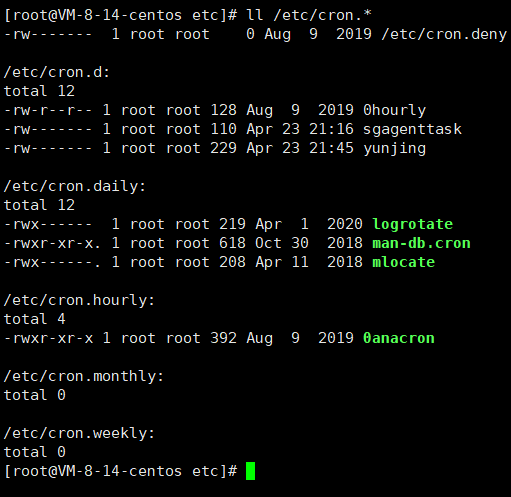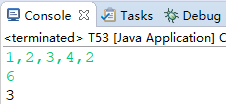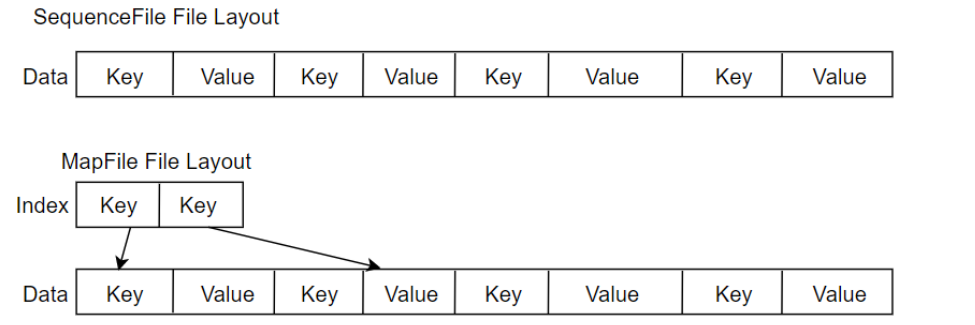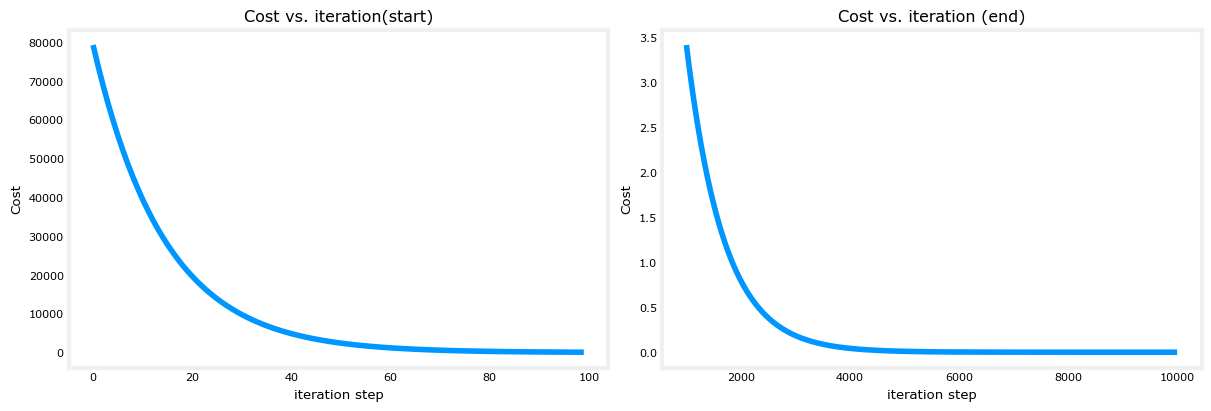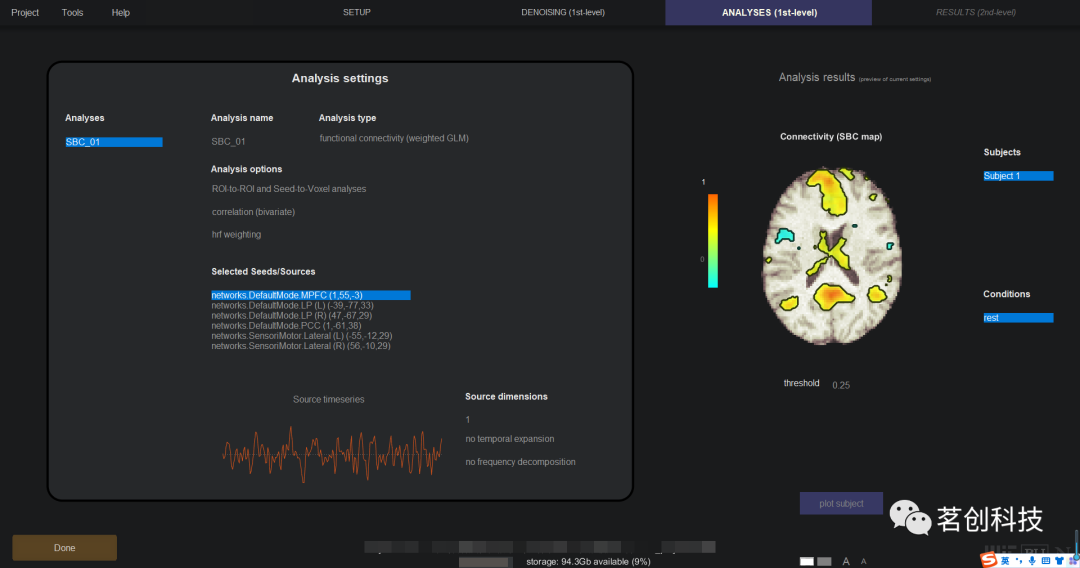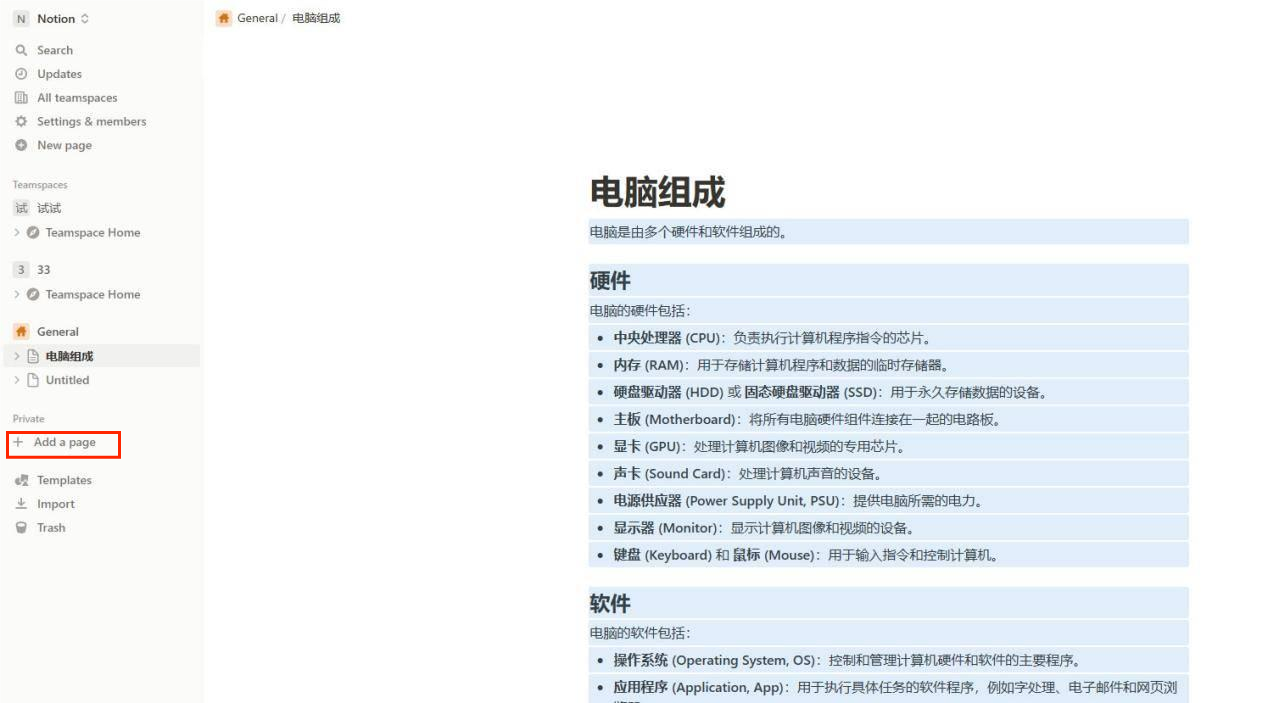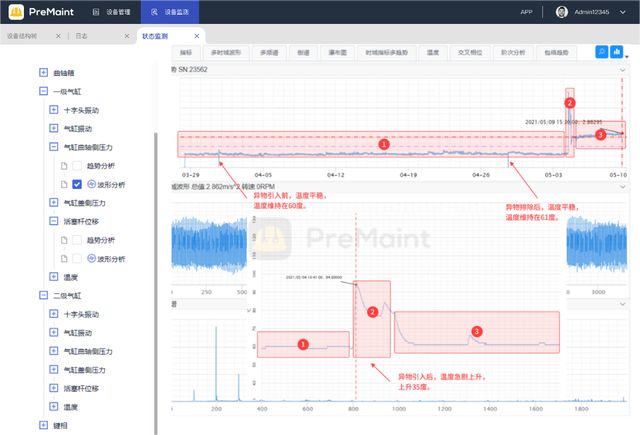基础使用
首先引入依赖
<!-- redis依赖-->
<dependency>
<groupId>org.springframework.boot</groupId>
<artifactId>spring-boot-starter-data-redis</artifactId>
</dependency>
<dependency>
<groupId>redis.clients</groupId>
<artifactId>jedis</artifactId>
<version>2.9.0</version>
</dependency>
然后在application.yml的spring下增加redis配置:

代码如下
redis:
# Redis数据库索引(默认为0)
database: 0
# Redis服务器地址
host: 127.0.0.1
# Redis服务器连接端口
port: 6379
password: '123456'
jedis:
pool:
# 连接池最大连接数(使用负值表示没有限制)
max-active: 8
# 连接池最大阻塞等待时间(使用负值表示没有限制)
max-wait: 1
# 连接池中的最大空闲连接
max-idle: 8
# 连接池中的最小空闲连接
min-idle: 0
# 连接超时时间(毫秒)
timeout: 5000
然后在根包下创建一个service的文件夹加,然后在里面增加redis文件夹,redis文件夹里编写redis的基础操作函数。
编写IRedisService接口,编写增删改查函数,代码如下:
import java.util.Map;
@Service
public interface IRedisService {
/**
* 加入元素
* @param key
* @param value
*/
void setValue(String key, Map<String, Object> value);
/**
* 加入元素
* @param key
* @param value
*/
void setValue(String key, String value);
/**
* 加入元素
* @param key
* @param value
*/
void setValue(String key, Object value);
/**
* 获取元素
* @param key
*/
Object getMapValue(String key);
/**
* 获取元素
* @param key
*/
Object getValue(String key);
}
编写RedisServiceImpl实现,实现Redis的增删改查。
package com.example.dynamicdb.service.redis;
import org.springframework.beans.factory.annotation.Autowired;
import org.springframework.data.redis.core.RedisTemplate;
import org.springframework.data.redis.core.ValueOperations;
import org.springframework.stereotype.Service;
import java.util.Map;
import java.util.concurrent.TimeUnit;
@Service("RedisServiceImpl")
public class RedisServiceImpl implements IRedisService {
public RedisServiceImpl(){}
@Autowired
private RedisTemplate redisTemplate;
@Override
public void setValue(String key, Map<String, Object> value) {
ValueOperations<String, Object> vo = redisTemplate.opsForValue();
vo.set(key, value);
redisTemplate.expire(key, 1, TimeUnit.HOURS);
}
@Override
public Object getValue(String key) {
ValueOperations<String, String> vo = redisTemplate.opsForValue();
return vo.get(key);
}
@Override
public void setValue(String key, String value) {
ValueOperations<String, Object> vo = redisTemplate.opsForValue();
vo.set(key, value);
redisTemplate.expire(key, 1, TimeUnit.HOURS);
}
@Override
public void setValue(String key, Object value) {
ValueOperations<String, Object> vo = redisTemplate.opsForValue();
vo.set(key, value);
redisTemplate.expire(key, 1, TimeUnit.HOURS);
}
@Override
public Object getMapValue(String key) {
ValueOperations<String, String> vo = redisTemplate.opsForValue();
return vo.get(key);
}
}
然后创建一个RedisController,编写一个测试接口,如下:
@RestController
public class RedisController {
@Resource(name = "RedisServiceImpl")//使用resource实例化对象,name是指定实例化的类,用于一个接口多个类继承的情况
private IRedisService iRedisService;
@PostMapping(value = "/Redis/TestRedis")
@ApiOperation(value = "redis测试接口", notes = "redis测试接口", httpMethod = "POST")
public String TestRedis(){
iRedisService.setValue("redis", "这是redis的测试数据");
Object redis = iRedisService.getValue("redis");
return redis.toString();
}
}
redis缓存使用
首先创建一个config文件夹,然后创建一个RedisCacheConfig文件,代码如下:
import com.fasterxml.jackson.annotation.JsonAutoDetect;
import com.fasterxml.jackson.annotation.PropertyAccessor;
import com.fasterxml.jackson.databind.ObjectMapper;
import org.springframework.cache.annotation.EnableCaching;
import org.springframework.context.annotation.Bean;
import org.springframework.context.annotation.Configuration;
import org.springframework.data.redis.cache.RedisCacheConfiguration;
import org.springframework.data.redis.cache.RedisCacheManager;
import org.springframework.data.redis.cache.RedisCacheWriter;
import org.springframework.data.redis.connection.RedisConnectionFactory;
import org.springframework.data.redis.serializer.Jackson2JsonRedisSerializer;
import org.springframework.data.redis.serializer.RedisSerializationContext;
import java.time.Duration;
import java.util.HashMap;
import java.util.Map;
@EnableCaching
@Configuration
public class RedisCacheConfig {
/**
* 最新版,设置redis缓存过期时间
*/
@Bean
public RedisCacheManager cacheManager(RedisConnectionFactory redisConnectionFactory) {
return new RedisCacheManager(
RedisCacheWriter.nonLockingRedisCacheWriter(redisConnectionFactory),
this.getRedisCacheConfigurationWithTtl( 60), // 默认策略,未配置的 key 会使用这个
this.getRedisCacheConfigurationMap() // 指定 key 策略
);
}
private Map<String, RedisCacheConfiguration> getRedisCacheConfigurationMap() {
Map<String, RedisCacheConfiguration> redisCacheConfigurationMap = new HashMap<>();
//SsoCache和BasicDataCache进行过期时间配置
redisCacheConfigurationMap.put("messagCache", this.getRedisCacheConfigurationWithTtl(30 * 60));
//自定义设置缓存时间
redisCacheConfigurationMap.put("studentCache", this.getRedisCacheConfigurationWithTtl(60 ));
return redisCacheConfigurationMap;
}
private RedisCacheConfiguration getRedisCacheConfigurationWithTtl(Integer seconds) {
Jackson2JsonRedisSerializer<Object> jackson2JsonRedisSerializer = new Jackson2JsonRedisSerializer<>(Object.class);
ObjectMapper om = new ObjectMapper();
om.setVisibility(PropertyAccessor.ALL, JsonAutoDetect.Visibility.ANY);
om.enableDefaultTyping(ObjectMapper.DefaultTyping.NON_FINAL);
jackson2JsonRedisSerializer.setObjectMapper(om);
RedisCacheConfiguration redisCacheConfiguration = RedisCacheConfiguration.defaultCacheConfig();
redisCacheConfiguration = redisCacheConfiguration.serializeValuesWith(
RedisSerializationContext
.SerializationPair
.fromSerializer(jackson2JsonRedisSerializer)
).entryTtl(Duration.ofSeconds(seconds));
return redisCacheConfiguration;
}
}
类名上有注解@Configuration,代表该类会在启动时加入进bean集合。
然后在RedisController下编写测试函数,如下:
@Autowired
private SqlSession sqlSession;
@GetMapping(value = "/Redis/TestRedisCache")
@ResponseBody
@DS("db2")
@Cacheable(cacheNames = "userCache", key = "#id")
@ApiOperation(value="查询单条记录",notes = "查询")
public List<user> TestRedisCache(Integer id) {
//读取第二个数据库的值
UserMapper mapper = sqlSession.getMapper(UserMapper.class);
List<user> users = mapper.test();
return users;
}
使用@Cacheable注解缓存接口的返回值,cacheNames的值和key的值,组合起来成为是缓存中的键值对的key值,如下图。

----------------------------------------------------------------------------------------------------
到此,SpringBoot中Redis的基础使用就已经介绍完了。
Github地址:https://github.com/kiba518/dynamicdb
----------------------------------------------------------------------------------------------------
注:此文章为原创,任何形式的转载都请联系作者获得授权并注明出处!
若您觉得这篇文章还不错,请点击下方的【推荐】,非常感谢!
https://www.cnblogs.com/kiba/p/17480377.html


